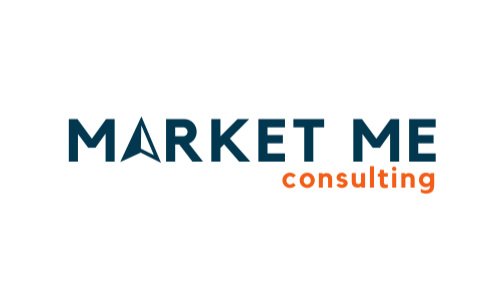How to Build a Nonprofit Donor Retention Strategy That Actually Works
Overview
Did you know that the average donor retention rate across the nonprofit sector hovers around just 45%? That means more than half of your supporters give once, and then disappear.
While attracting new donors is important (shoutout to your email appeals and social ads), keeping the ones you already have is where the magic happens. Because donor retention isn’t just cost-effective—it’s mission-sustaining.
Let’s dive into how to build a donor retention strategy that’s smart, strategic, and dare we say...enjoyable.
What is a Nonprofit Donor Retention Strategy
A donor retention strategy is an intentional plan to keep your current donors engaged, appreciated, and inspired to give again and again. It’s about transforming one-time givers into loyal, long-term champions of your cause.
It includes everything from:
Timely thank-yous
Personalized communication
Storytelling that keeps impact front and center
Meaningful opportunities for involvement
And no—it doesn’t require a 20-person development team or an award-winning video series. It just requires consistency, creativity, and a little bit of heart.
Why You Should Care: The ROI of Retention
Here’s the deal: acquiring new donors is 5 to 7 times more expensive than keeping the ones you already have. Yet, many nonprofits spend most of their energy chasing new supporters instead of nurturing existing relationships.
A strong retention strategy leads to:
Higher Lifetime Value
Repeat donors give more over time—and are more likely to upgrade their gifts, give monthly, or leave planned gifts.
Stronger Community Engagement
Retained donors often become volunteers, ambassadors, or board members. They're your mission's biggest fans.Predictable Revenue Streams
Reliable donors = reliable budgets.
Seven Tips to Keep Donors Engaged and Giving
1. Say Thank You—Fast and Personally
A generic tax receipt? Necessary. But not enough. Thank-you messages should be timely (ideally within 48 hours) and personal.
Send handwritten notes. Make a quick thank-you call. Even a personalized email that says more than “thanks for your support” can go a long way.
Gratitude builds connection, and connection builds loyalty.
2. Show the Impact (and Show It Often)
Donors want to know: Did my gift make a difference?
Answer with stories, updates, photos, or short videos. Show them the faces behind the figures. A statistic says you helped 200 students. A story says you changed Tony’s life.
Pro tip: Don’t save it all for
3. Keep Communicating—Even When You’re Not Asking
If the only time donors hear from you is when you’re asking for money, they’ll start to feel like an ATM. Regular, meaningful communication (that doesn’t include a donation link) shows them they matter beyond their wallet.
Send newsletters, behind-the-scenes glimpses, or mission “wins” that their support helped achieve.
4. Segment and Personalize Everything
Not all donors are created equal, and your emails shouldn’t treat them that way. Utilize your CRM to segment your audience based on their past behavior, interests, or engagement levels.
Send a different message to longtime supporters than to first-time donors. Tailor event invitations. Personalize acknowledgments.
The more your donor feels seen, the more likely they are to stick around.
5. Create a Great Onboarding Experience
First impressions matter—big time. A strong welcome series for new donors sets the tone for the relationship. Consider:
A welcome email with your mission and values
A short video from your team
A follow-up with a story of impact
A clear next step (volunteer, follow your nonprofit on social media, etc.)
This isn’t just logistics—it’s relationship-building.
6. Give Donors Ways to Get Involved Beyond Giving
Not every donor wants to write another check immediately, but they do want to feel like part of your mission.
Invite them to events (virtual or in person). Ask them to volunteer. Feature them in your newsletters. Offer a behind-the-scenes Q&A with your program staff.
Involvement fosters investment, which in turn leads to retention.
7. Track, Measure, and Adjust
Donor retention isn’t something you set and forget. Track your year-over-year retention rate, monitor what’s working, and adjust your approach accordingly.
Which emails get responses? Which donors drop off after six months? What feedback are you hearing in exit surveys or donor calls?
Treat it like any smart strategy: data-driven and always evolving.
Conclusion
You don’t need a never-ending stream of new donors to grow—you need to hold onto the people who already believe in your work.
A smart donor retention strategy turns generosity into a relationship. It turns first-time givers into lifelong supporters. And it ensures that your mission isn’t funded solely on one-time donations, but on loyalty, connection, and trust.
So go ahead: celebrate the gift, but nurture the giver. Your future fundraising success depends on it.
At Market Me Consulting, we leverage our real-life experience working with both large and small nonprofits to help them achieve their marketing objectives. If you’re seeking expert guidance on developing a nonprofit marketing strategy, please don't hesitate to contact us.
Explore our other blog articles for expert marketing and fundraising best practices and valuable tips.

